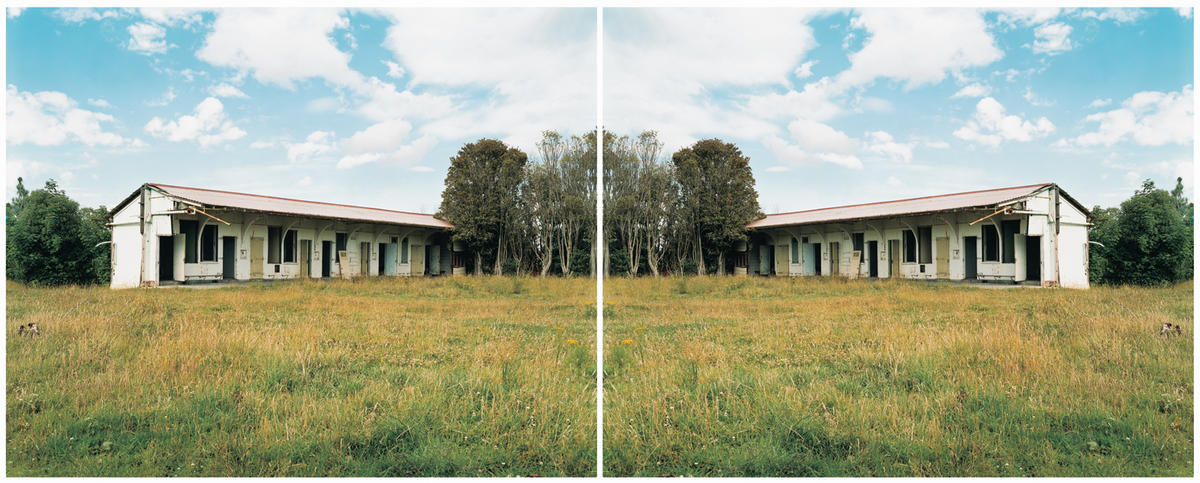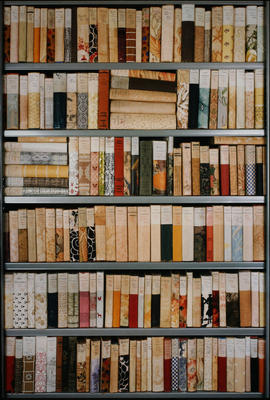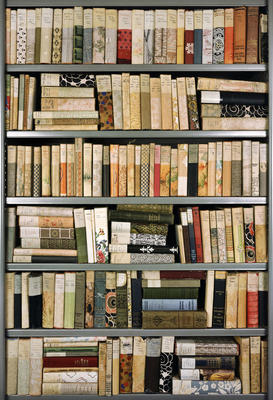Cell (After an Angel at My Table) Seacliff Asylum, North Otago,...
-
Ann Shelton
b.1967

Title
Cell (After an Angel at My Table) Seacliff Asylum, North Otago, 2003
Details
| Production Date | 2003 |
|---|---|
| Collection(s) | Collection Govett-Brewster Art Gallery, New Plymouth. Gifted to the Gallery by the artist in 2004. |
| Accession Number | 2005/2 |
| Media | diptych, C-type prints |
| Measurements | Framed: 1250 x 1550 x 45mm each 1250 x 3100 x 45mm diptych |
About
"The documentary impulse is coupled here with a kind of bad detective work, producing a fiction mediated through popular culture."
— Ann Shelton, Public Places, 2003
At first it seems like there’s little to see. The mirrored image is almost empty: a desolate patch of wild grass flanked by a long-abandoned building. But the doubling of the image—described by artist Ann Shelton as ‘visual stammering’—asks us to look twice.
This work relies on its title to tell us that this is part of Seacliff Asylum in Otago where, between 1884 and 1973, patients were subjected to electroconvulsive therapy and lobotomies. Author Janet Frame was amongst the residents at the facility in the 1940s, misdiagnosed with schizophrenia. This artwork’s long title bounces us between the geographical site and its fictional doubles by also referencing two works called An Angel at My Table: the second of Janet Frame’s three-part autobiography, based on her experiences at Seacliff, and Jane Campion’s 1990 film adaption of these books.
This artwork is part of Shelton’s series Public Places, which saw the artist photograph sites of violence and trauma related to well-known women, including Aileen Wuornos, Minnie Dean, and Pauline Parker and Juliet Hulme. This is a series of apparently unremarkable landscapes. They are sites that have witnessed human nature at its lowest, but no bodies remain and the psychological scars are hidden, testing our belief in photographs to contain memory. With their visual stammering, these works suggest that photographs can be unreliable narrators, or even duplicitous—just like us.
— K. Emma Ng, 2023


